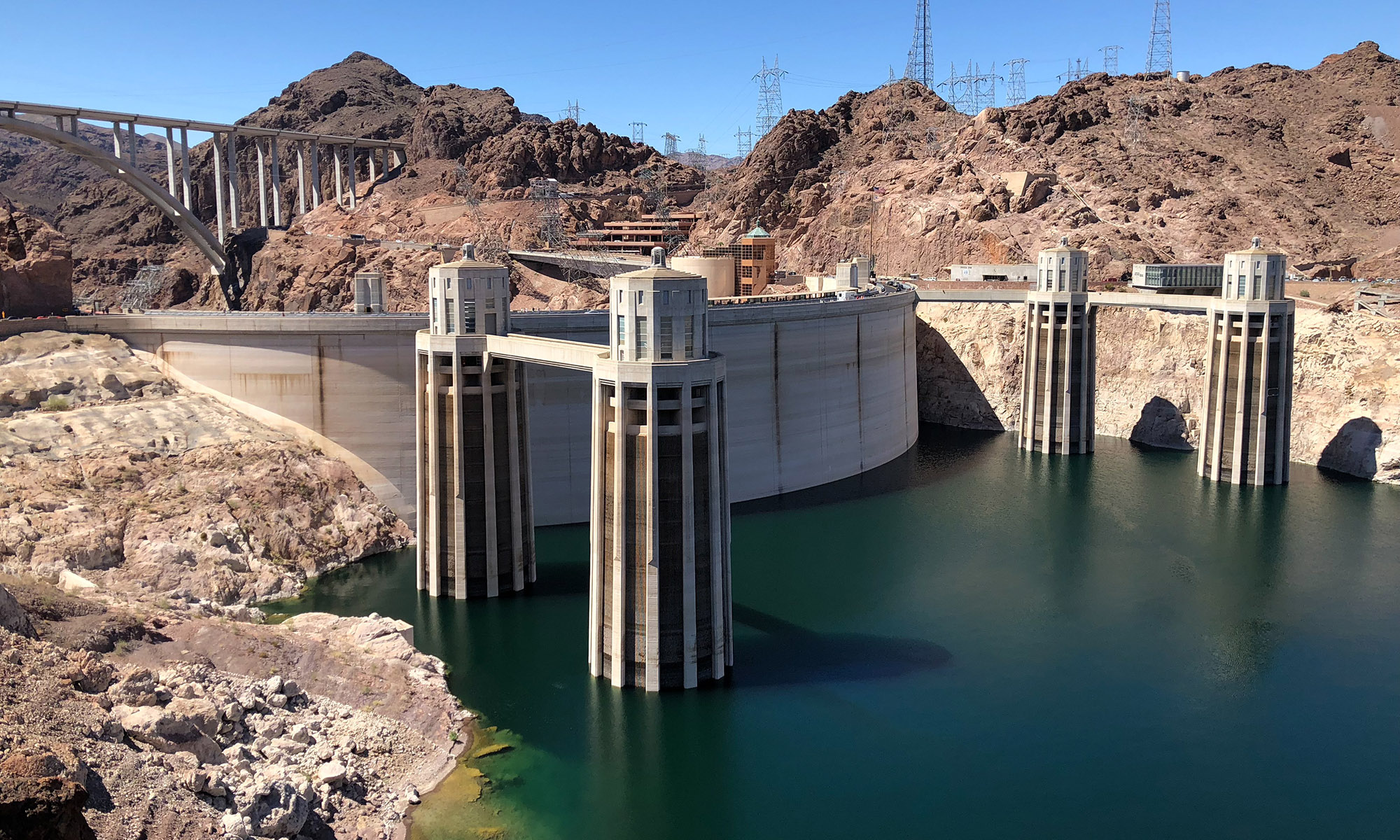PHOENIX – Along with long-term drought and climate change, the overcommitment of the Colorado River is a big reason why Lake Mead has dropped to historic levels in recent years.
Fixing it could be a big problem for Arizona.
“Unfortunately, Arizona’s facing some of the largest cuts, and it really puts Arizona in a political vice,” said Brad Udall, a research scientist at Colorado State University. “You can’t take that much water out of the (Central Arizona Project) canal, the entire 1.2 million acre-feet, and do justice to Arizona’s water needs. Yet that’s what the 1968 law says.”
The 1968 law is the Colorado River Basin Project Act. It loaned federal money to build the Central Arizona Project but created a long-lasting downside for the state: The water rights for Central Arizona Project customers are junior to California’s water rights when there’s a shortage. CAP customers currently receive roughly 1.4 million acre-feet a year.
So the easy answer to the structural deficit could be, tough luck, central Arizona.
But that’s definitely not the view of Tom Bushcatzke, director of Arizona’s Department of Water Resources. He said the river’s structural deficit is due to evaporation in Lake Mead and evapotranspiration as water travels from Mead to Mexico. In his mind, it’s not just Arizona’s responsibility.
“Arizona, Nevada, California and Mexico, in order to get their allocations delivered to them, are all part and parcel of the creation of the structural deficit,” he said. “We all need to participate in the resolution.”
John Fleck, co-author of “Science Be Damned: How Ignoring Inconvenient Science Drained the Colorado River,” called Buschatzke’s stance “very reasonable” and said evaporation in the Lower Basin of the Colorado River simply isn’t accounted for right now.
“To be more realistic about how evaporation is allocated I think is a smart way to do this,” said Fleck, who teaches water resource management at the University of New Mexico.
But that may prove too simple, given the long legal history of the allocation-priority system and the need to get all seven Colorado River Basin states on board to adjust the water rules.
Bill Hasencamp manages Colorado River resources for the Metropolitan Water District of Southern California, which serves water to utilities in six counties in the Los Angeles and San Diego areas. He is open to sharing the pain but said the priority system is important.
“I think there’s some balance where the priority system is recognized and Arizona maybe has to do a little bit more, but that all states and all water users have to be part of the solution,” he said.
California as a whole has the largest allocation in the Lower Basin: 4.4 million acre-feet a year. Hasencamp doesn’t think basin states have to explicitly close the structural deficit.
“The entire Colorado River Basin is out of balance and all states, all seven states and Mexico have to figure out how to permanently live with less water,” he said.
Augmentation
Buschatzke pointed out something else about the 1968 law: It says the federal government should look into augmenting the Colorado River.
The text of the law reads “the Secretary of the Interior shall conduct full and complete reconnaissance investigations for the purpose of developing a general plan to meet the future water needs of the Western United States.” It also requires periodic progress reports.
Buschatzke said that augmentation plan hasn’t happened.
“There’s never been a mechanism found to do that. That would certainly have changed the reliability of Arizona’s water supply, of all of our water supplies in Nevada, California and Mexico if that had been done,” he said. “It hasn’t been done.”
Fleck called the law’s language on augmentation “extremely weak” and said there’s an argument the feds have done enough already.
The most likely option for meaningful augmentation is desalinated ocean water. Investment in “desal” has grown around the world, although it has significant environmental consequences. However it might be achieved, augmenting the river would be costly and long term.
Conservation
Another way to close the structural deficit might be to reduce water use in a multitude of ways – something that’s already happening. All four Lower Basin states are on track to use less than their full allocations this year. The question is whether those savings can be made permanent.
Ted Cooke, general manager of the agency that runs the Central Arizona Project, said Arizonans “know how to do this,” even if closing the gap takes ideas that haven’t yet materialized.
“We’re really good at balancing those things in Arizona to have the lifestyle and the economic vibrancy that we enjoy by making sacrifices when we have to,” he said.
Cooke also said people need to remember the basics as Arizona plans for the future: We live in a desert, water is scarce, and the price is only going in one direction: up.
He isn’t alone in his optimism. Many water experts are somewhat hopeful about fixing the structural deficit, even those mindful of how hard water policy can be politically.
“If there’s any basin in the world that can solve this, I’m convinced it’s actually the Colorado River basin,” Udall said. “It’s the right size, it has people who know each other, it has years of goodwill. I mean, that’s the good news here.”
Watering the West required optimism, engineering and money. Sustaining it will, too.

